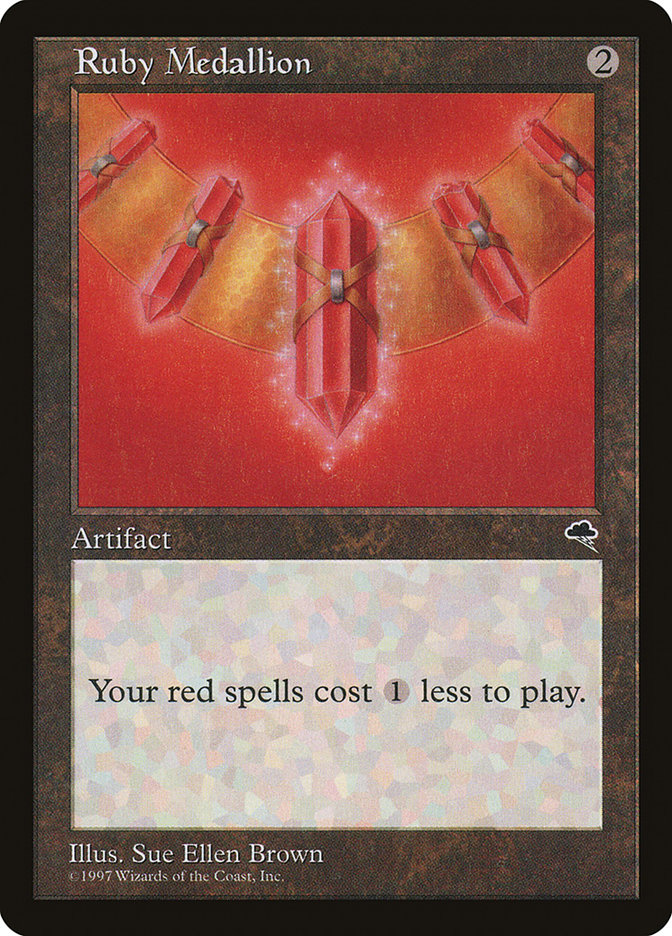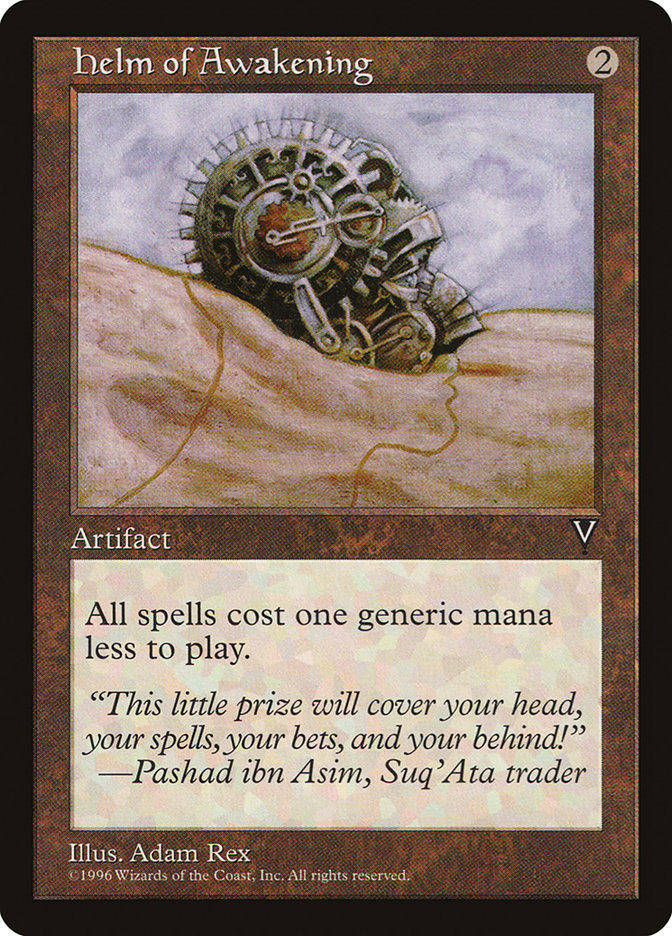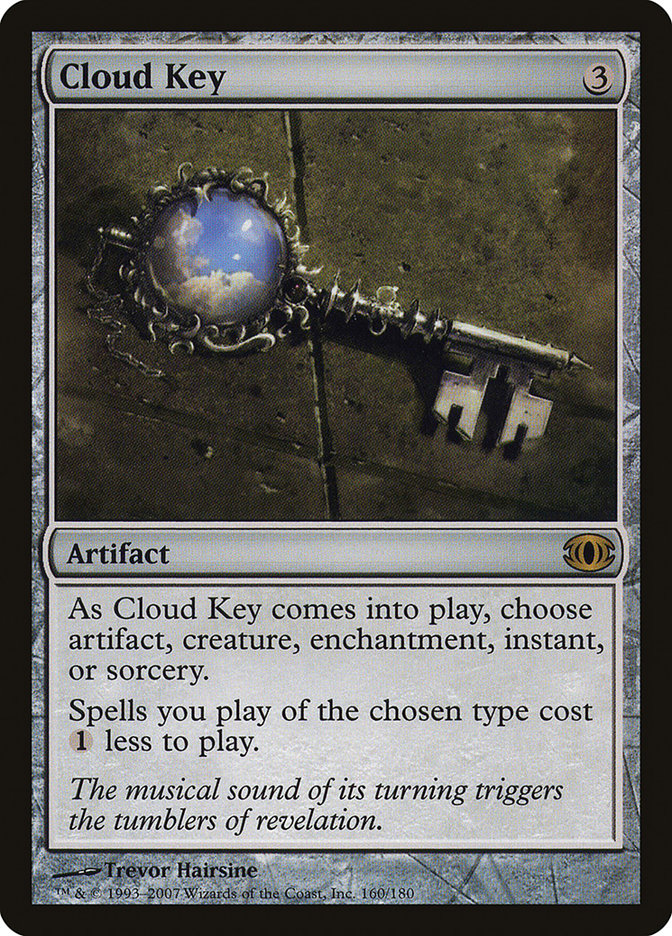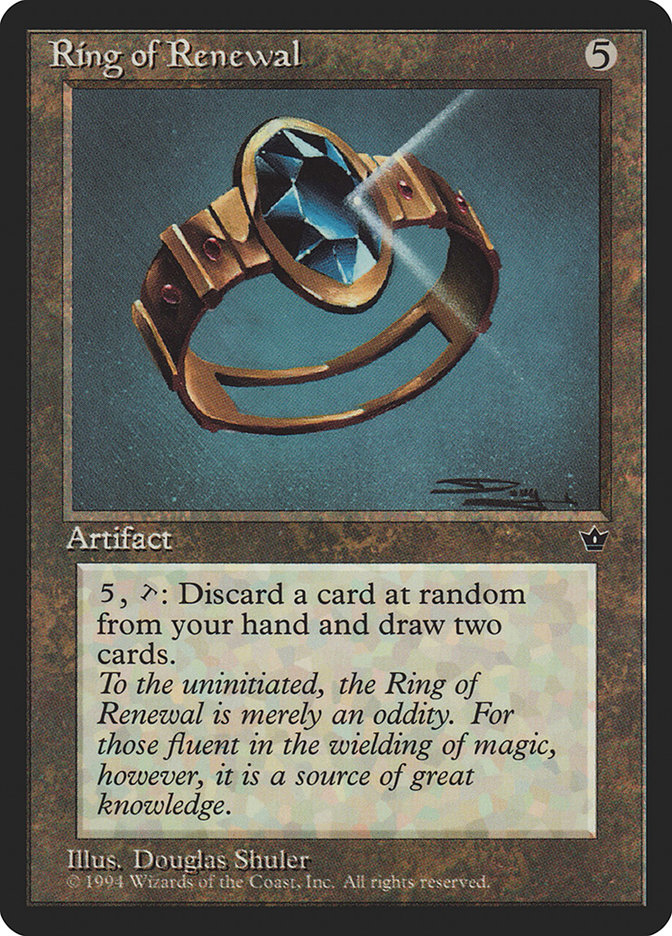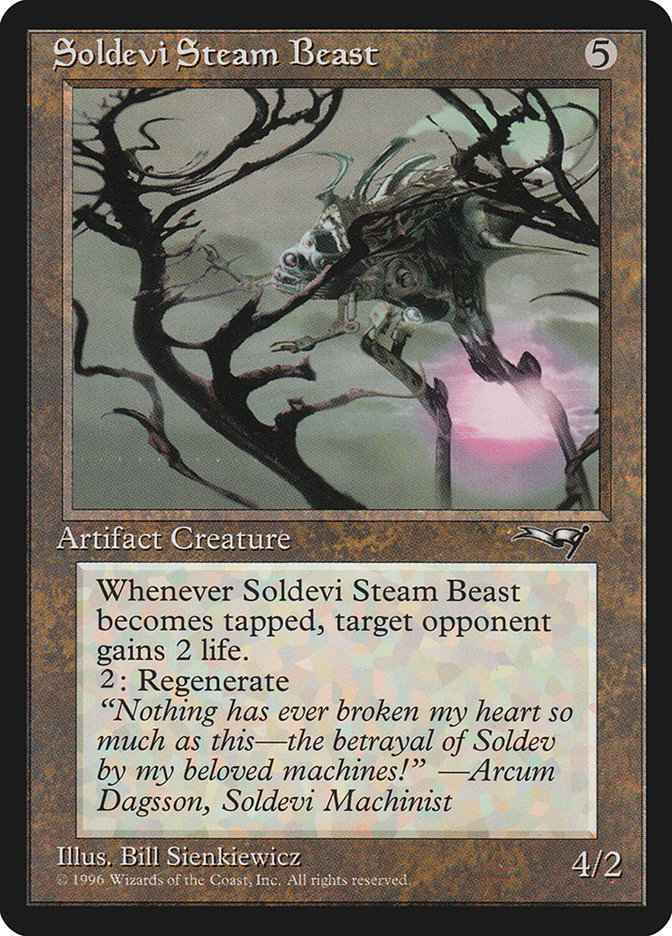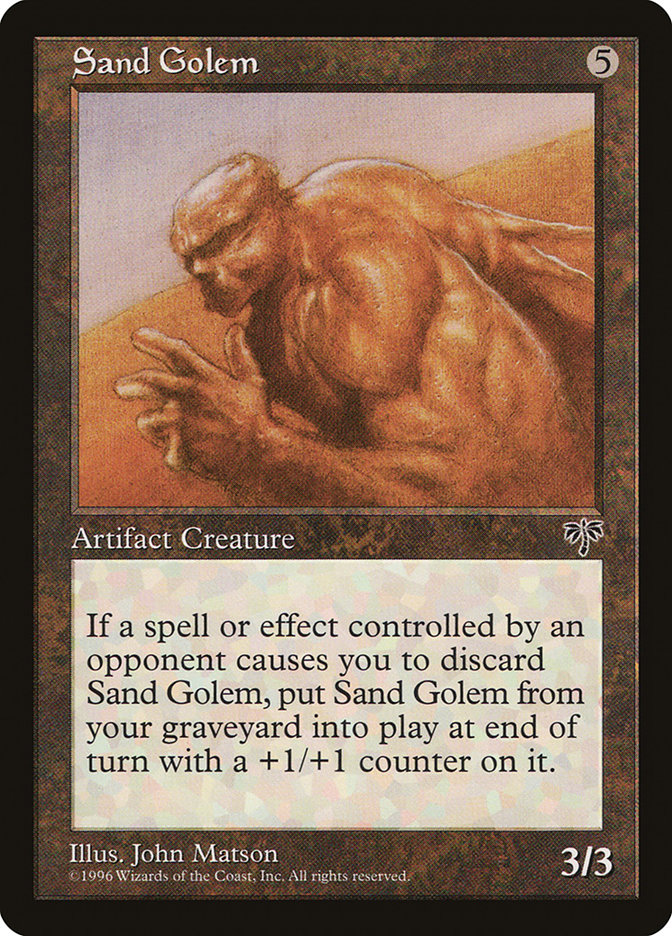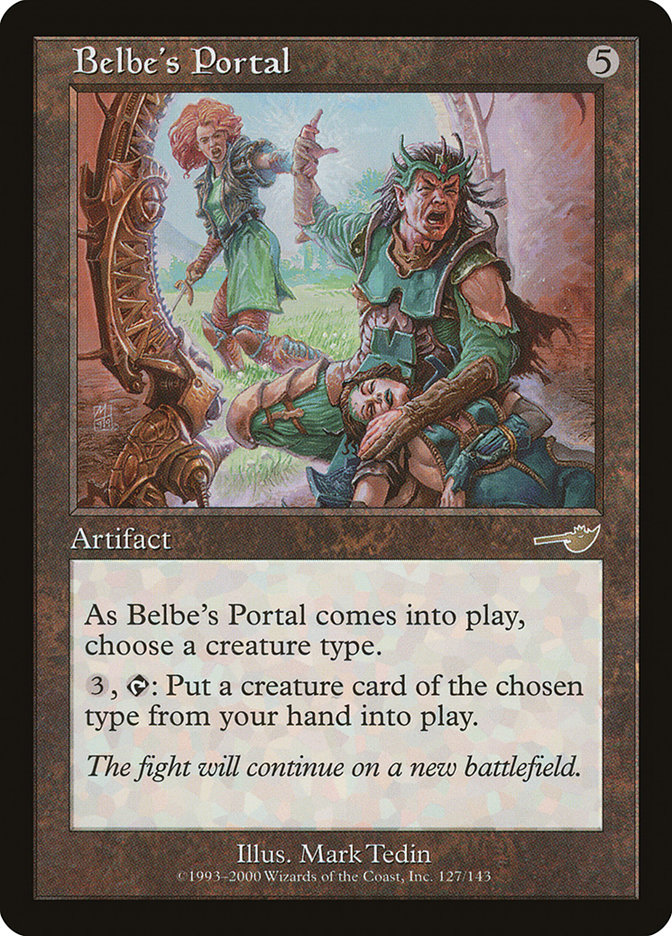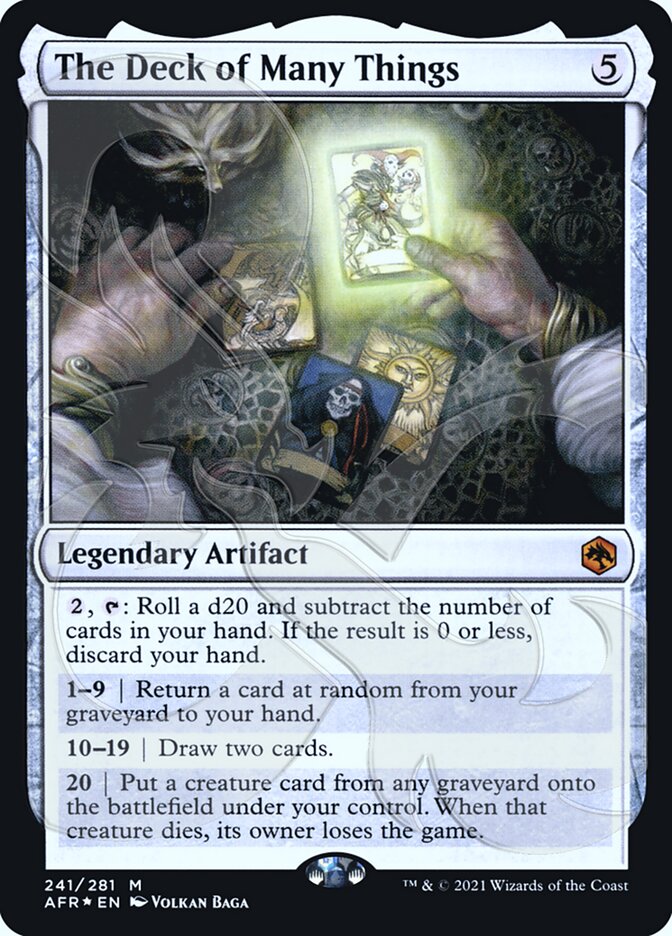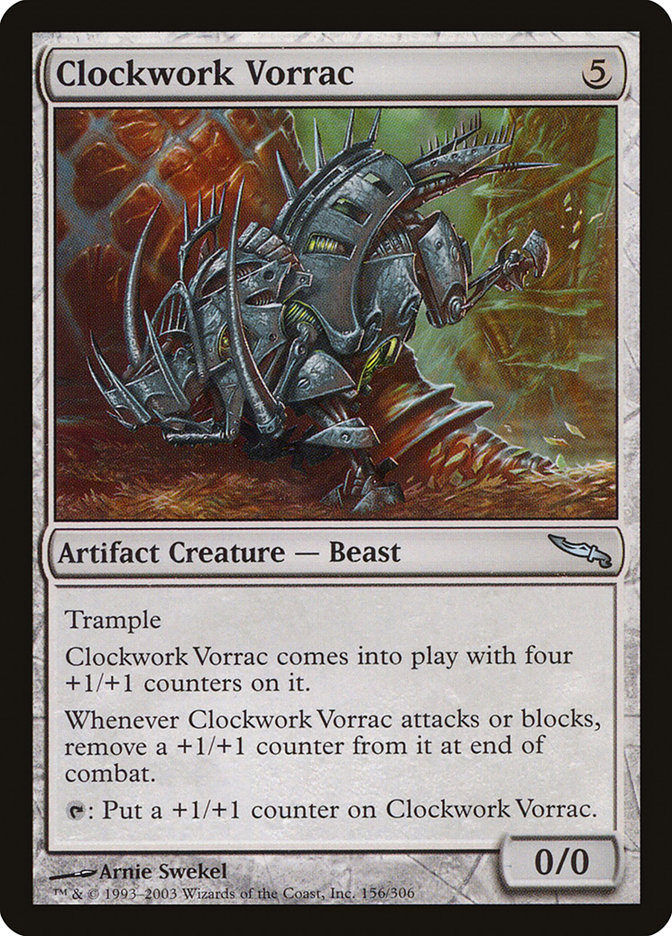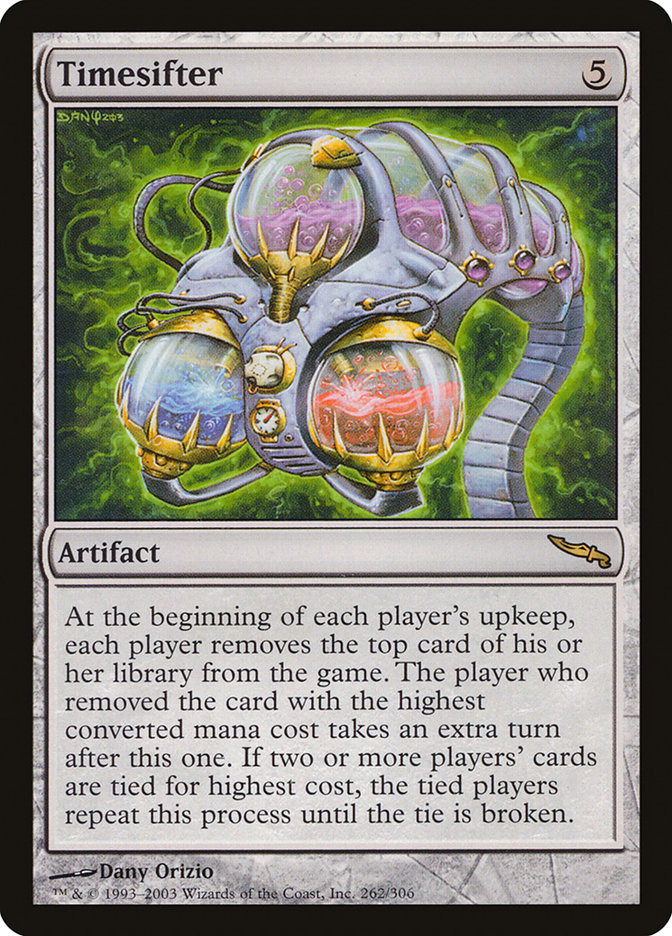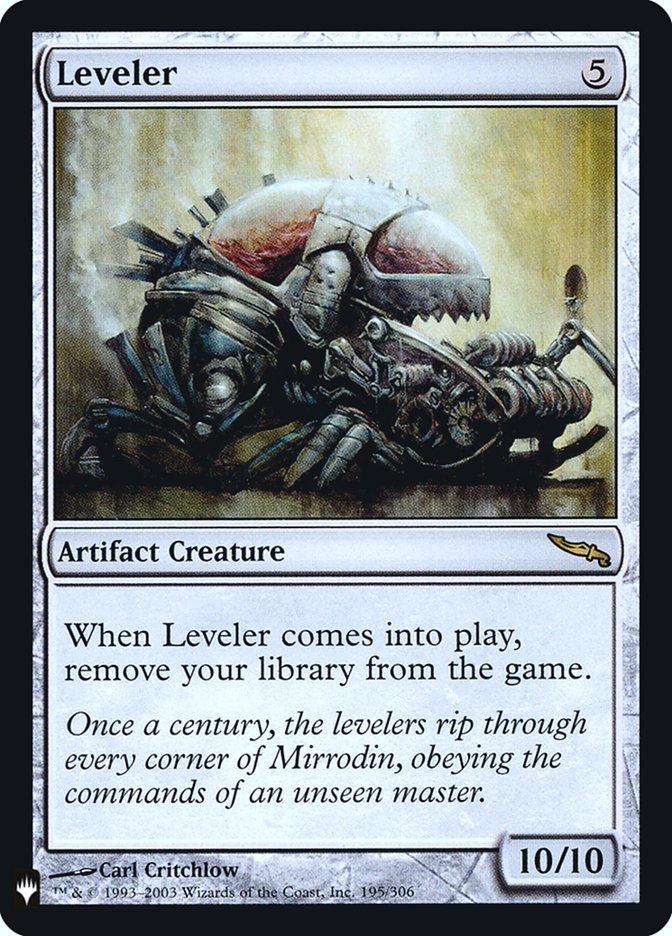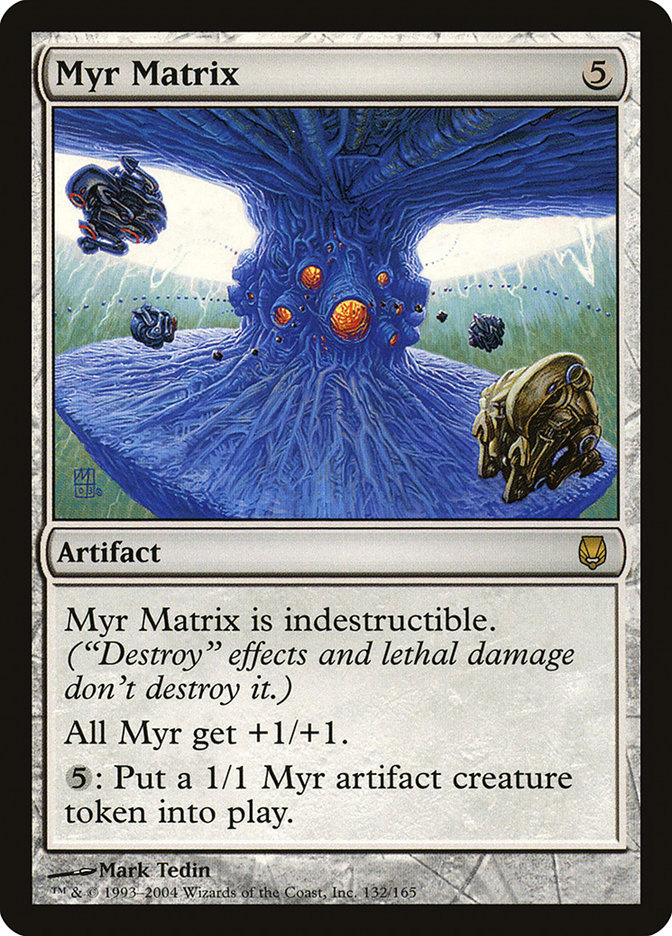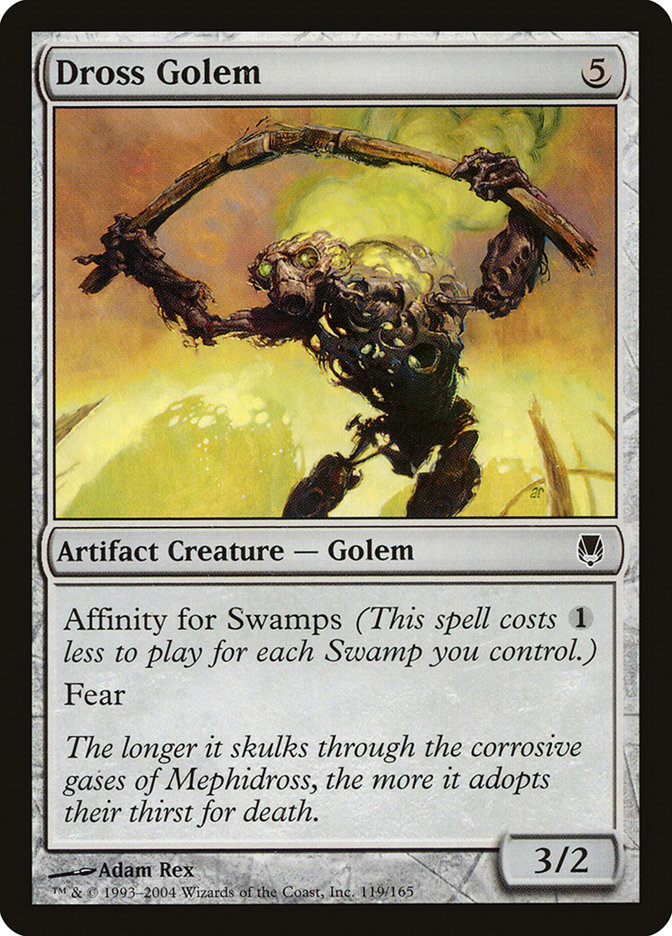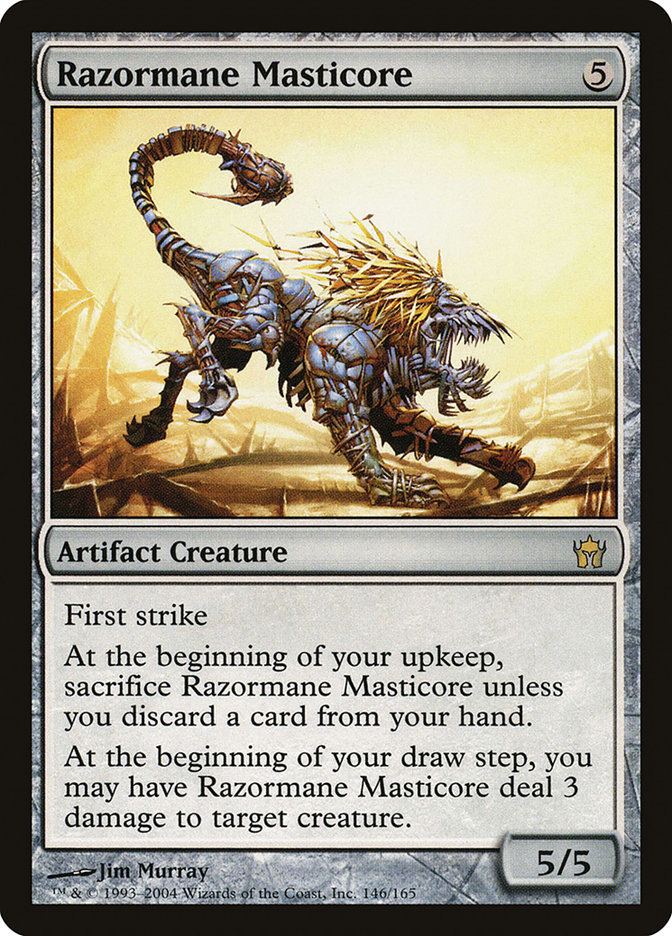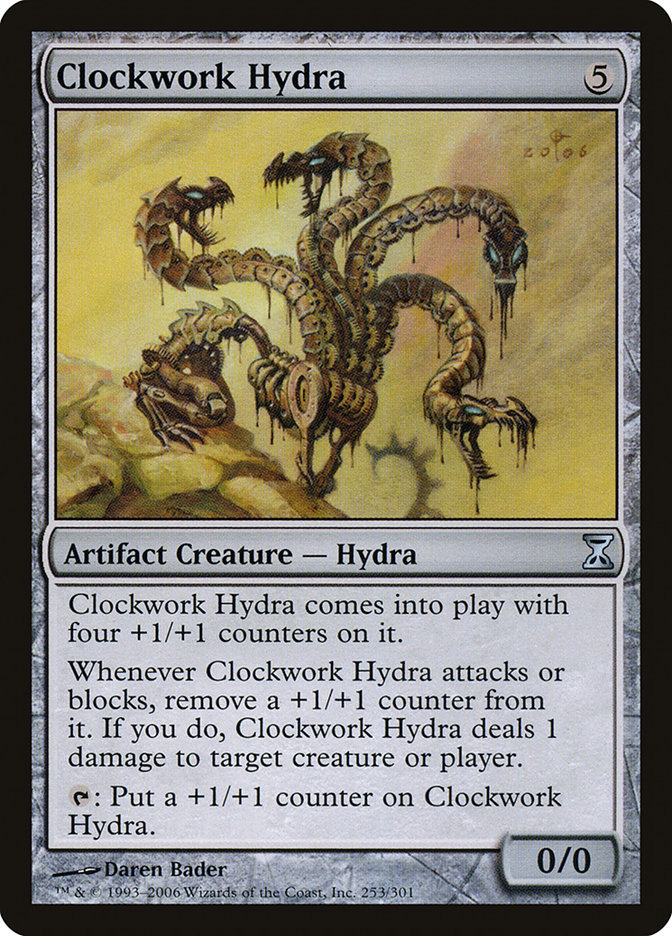Stone Calendar MTG Card
| Card sets | Released in 2 setsSee all |
| Mana cost | |
| Converted mana cost | 5 |
| Rarity | Rare |
| Type | Artifact |
Key Takeaways
- The Stone Calendar offers mana cost reduction, elevating the efficiency of spell-casting in-game.
- Its mana acceleration benefit significantly impacts mid to late-game strategies and pressure.
- While powerful, it asks for careful deck planning due to its specific mana investment.
Text of card
Your spells cost up to 1 less to cast; casting cost of spells cannot go below 0.
The Pretender Mairsil ordered a great Calendar drawn up to show when the paths to the Dark Lands were strongest.
Card Pros
Card Advantage: The Stone Calendar allows for smoother and more efficient plays by indirectly providing card advantage. Players are able to cast more spells in a single turn without being bottlenecked by high mana costs. As a result, this translates into gaining the upper edge on the playing field by maximizing the use of cards in hand.
Resource Acceleration: This artifact shines in decks that are heavy on high-cost spells. By reducing the mana cost of each spell by one, players experience a form of mana acceleration. This reduction can be pivotal, especially in the mid to late game, freeing up precious mana resources to be used elsewhere and keeping the pressure on opponents.
Instant Speed: Although Stone Calendar itself does not have an instant speed effect, its cost reduction benefit applies to all the spells you cast while it’s on the battlefield. This means that instant spells can be played with more ease during an opponent’s turn, maintaining a high level of responsiveness and interaction in the game.
Card Cons
Discard Requirement: While Stone Calendar doesn’t directly ask you to discard a card, it is important to consider the opportunity cost. Having it in your deck means potentially missing out on another card that might grant direct advantage without the baggage of a standalone role.
Specific Mana Cost: Stone Calendar demands a precise payment of five colorless mana. This rigid cost requires careful mana base planning, which can complicate deck building and might clash with decks that favor a more colored mana-intensive strategy.
Comparatively High Mana Cost: Tapping out five mana can be quite a setback, especially when comparing the Calendar’s cost-reduction effect with other artifacts that might provide immediate impact or recurring advantages. In a game where tempo is key, its cost can deter players from including it in their arsenal.
Reasons to Include Stone Calendar in Your Collection
Versatility: Stone Calendar is a classic artifact that can seamlessly integrate into a variety of deck archetypes. Its main ability, reducing casting costs, can be pivotal for players looking to streamline their mana usage across several spells each turn.
Combo Potential: The cost-reduction effect of Stone Calendar magnifies its synergy in combo decks. It accelerates the execution of spell combinations, making it a potential linchpin in decks designed to unleash a rapid succession of powerful effects.
Meta-Relevance: In an evolving MTG meta, adaptability is key. Stone Calendar could forge a place in certain niche metas where casting numerous spells in a single turn can be game-changing, especially when facing off against decks with slower, more ponderous win conditions.
How to beat
Stone Calendar is an old artifact from the earlier days of Magic: The Gathering that can be both a subtle powerhouse and a tricky card to overcome. This five-mana artifact reduces the cost of your spells by one, which means that a player’s entire spell arsenal becomes more affordable, potentially accelerating their game plan significantly. Understanding the mechanics and timing to tackle this card is essential.
To effectively counter Stone Calendar, player focus should be on maintaining a robust removal package in their deck. Artifact destruction spells are your best friend in this case; consider slipping in efficient removal like Naturalize or Shatter, which can disrupt your opponent’s mana curve by removing their cost-reduction tool. You may also leverage counterspells to prevent Stone Calendar from ever hitting the battlefield in the first place, with Mana Leak being a prime example of an early game defense.
Moreover, keep an eye on the state of the game. If your opponent is starved for cards or has just invested a heavy five mana to cast Stone Calendar, this could be your window to strike, removing the artifact before they can fully advantage of its benefits. So strategize your plays and keep those key removals at the ready. With smart play and a well-timed response, the Stone Calendar’s days can be numbered in your matches.
Cards like Stone Calendar
The allure of Stone Calendar extends to those with a keen eye for mana efficiency in Magic: The Gathering. This artifact draws comparisons to the likes of Sapphire Medallion and Ruby Medallion. Sapphire Medallion, for instance, reduces the cost of blue spells, sharpening the focus on a single color, whereas Stone Calendar grants a broader discount across all spells, regardless of color. Nevertheless, Stone Calendar requires a higher initial investment and sits on the board as an artifact rather than an enchantment like the Medallions.
Looking at Helm of Awakening, players may notice similarities in the cost reduction ability. Helm of Awakening lowers the cost of all spells but does so with less mana required to deploy it. Conversely, the inclusive approach of Stone Calendar allows for strategic planning to harness its power for a multi-colored deck. Another kin in cost-manipulation is Cloud Key, tailored to reduce costs of a chosen type, providing a more tailored approach than Stone Calendar’s sweeping reduction.
Ultimately, Stone Calendar stands as a robust option for players who seek across-the-board cost reduction and are willing to invest in its higher casting cost, making it a distinctive piece in both multi-colored and mana-intensive decks.
Cards similar to Stone Calendar by color, type and mana cost
Where to buy
If you're looking to purchase Stone Calendar MTG card by a specific set like The Dark and Masters Edition, there are several reliable options to consider. One of the primary sources is your local game store, where you can often find booster packs, individual cards, and preconstructed decks from current and some past sets. They often offer the added benefit of a community where you can trade with other players.
For a broader inventory, particularly of older sets, online marketplaces like TCGPlayer, Card Kingdom and Card Market offer extensive selections and allow you to search for cards from specific sets. Larger e-commerce platforms like eBay and Amazon also have listings from various sellers, which can be a good place to look for sealed product and rare finds.
Additionally, Magic’s official site often has a store locator and retailer lists for finding Wizards of the Coast licensed products. Remember to check for authenticity and the condition of the cards when purchasing, especially from individual sellers on larger marketplaces.
Below is a list of some store websites where you can buy the Stone Calendar and other MTG cards:
- eBay
- TCG Player
- Card Kingdom
- Card Market
- Star City Games
- CoolStuffInc
- MTG Mint Card
- Hareruya
- Troll and Toad
- ABU Games
- Card Hoarder Magic Online
- MTGO Traders Magic Online
See MTG Products
Printings
The Stone Calendar Magic the Gathering card was released in 2 different sets between 1994-08-01 and 2007-09-10. Illustrated by Amy Weber.
| # | Released | Name | Code | Symbol | Number | Frame | Layout | Border | Artist |
|---|---|---|---|---|---|---|---|---|---|
| 1 | 1994-08-01 | The Dark | DRK | 111 | 1993 | Normal | Black | Amy Weber | |
| 2 | 2007-09-10 | Masters Edition | ME1 | 167 | 1997 | Normal | Black | Amy Weber |
Legalities
Magic the Gathering formats where Stone Calendar has restrictions
| Format | Legality |
|---|---|
| Oldschool | Legal |
| Commander | Legal |
| Legacy | Legal |
| Oathbreaker | Legal |
| Vintage | Legal |
| Duel | Legal |
| Predh | Legal |
Rules and information
The reference guide for Magic: The Gathering Stone Calendar card rulings provides official rulings, any errata issued, as well as a record of all the functional modifications that have occurred.
| Date | Text |
|---|---|
| 2004-10-04 | Does not change the mana cost of the spell, it just reduces what you pay for it. |
| 2004-10-04 | You may choose not to apply Stone Calendar’s cost reduction effect. |



